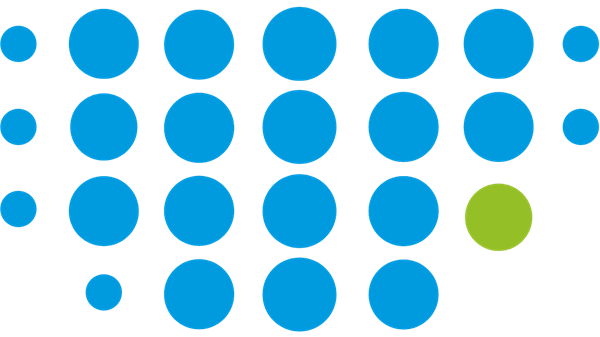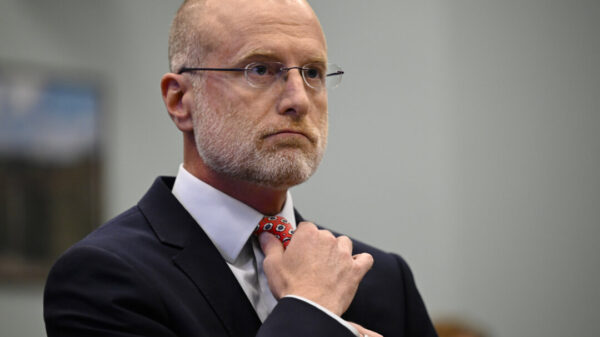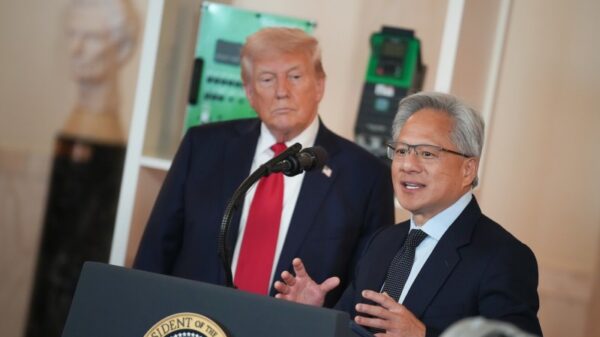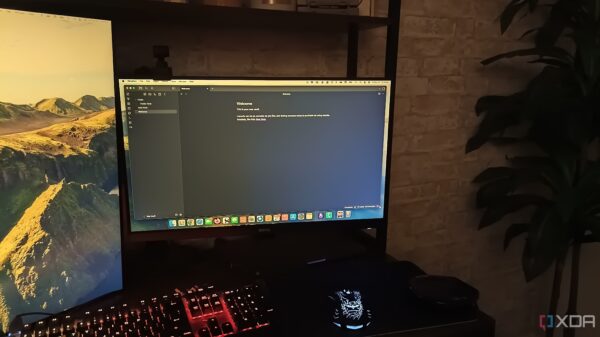The increasing frequency of government shutdowns in the United States can be traced back to the structural dynamics of party primary elections rather than mere ideological extremism. To address this issue, Nick Troiano, executive director of Unite America, advocates for open, all-candidate primaries as a viable solution. This approach could potentially reshape the electoral landscape and reduce the polarization contributing to shutdowns.
Government shutdowns, once considered rare events, have become a common occurrence as lawmakers prioritize their positions in party primaries over the welfare of the American public. According to the Cook Political Report, approximately 92% of House races and 83% of Senate races in 2024 are projected to be safe for either the Democratic or Republican parties. This effectively means that the primary elections will determine the political future of most lawmakers, creating an environment where compromise is often avoided to protect against challenges from within their own parties.
The current system disenfranchises millions of voters. Over 16.6 million registered independent voters in 16 states, including Florida, are barred from participating in primaries, which are often funded by taxpayers. This lack of representation in crucial elections exacerbates the disconnect between elected officials and the general public.
During the recent shutdown, many Democrats opted for a strategy that aligned with their electoral interests rather than the preferences of their constituents. The political calculus was straightforward; avoiding compromise minimized the risk of facing a challenger in the next primary election. As a result, the government remained closed for over 40 days, causing significant hardships for federal workers and individuals relying on programs such as SNAP.
This trend is not new. The dynamics of primary elections have been responsible for similar shutdown strategies in the past, including the notable instance in 2013 led by Senator Ted Cruz. In that scenario, Democrats faced electoral consequences for achieving policy goals, similar to the current situation where partisanship overtakes the collective interests of the populace.
The lack of competitive electoral environments means that a small fraction of voters holds significant power. Research from the Unite America Institute found that in the upcoming 2024 elections, 87% of House members will be effectively chosen in primaries by just 7% of voters. When such a small percentage has control over electoral outcomes, polarization becomes a rational strategy for candidates seeking re-election.
To mitigate these challenges, Troiano argues for open, all-candidate primaries, a format already implemented in five states and various major U.S. cities. Under this system, all candidates appear on a single ballot, allowing every voter to participate, thus encouraging candidates to appeal to a broader electorate. Successful candidates would then advance to the general election, where they must secure a majority vote.
This system has proven effective in fostering bipartisan cooperation. For example, in Alaska, legislative coalitions have emerged to address significant issues like education and energy investment, while Louisiana has achieved healthcare reforms through similar mechanisms. By holding politicians accountable to a wider voter base, these states have demonstrated that governance can be more collaborative and representative.
Until more states adopt open, all-candidate primaries, the cycle of shutdowns and political gridlock is likely to persist. As Troiano emphasizes, reforming the primary system is critical to ensuring that Congress can effectively address pressing issues and maintain government functionality. The path forward requires a shift in electoral dynamics that prioritizes engagement and representation across the political spectrum.







































































